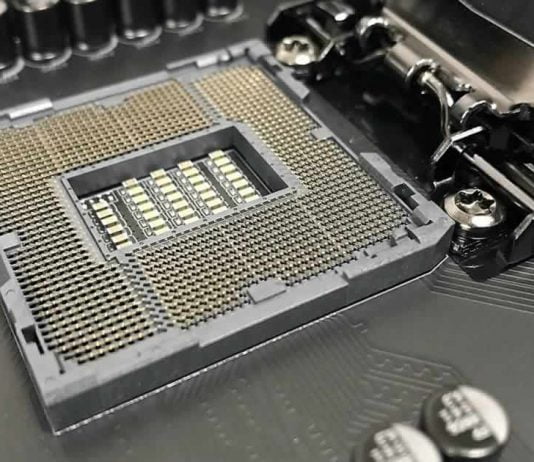With the AM5 socket, AMD is also to change the socket in the desktop segment, as Intel did years ago. Instead of using pins on the CPU, these should be in the socket on the mainboard in the future.
According to ExecutableFix, AMD will use an LGA (Land Grid Array) socket instead of a PGA (Pin Grid Array) socket for the AM5 socket for the first time in mainstream systems.
Intel had already made the switch from pins to pads from Socket 487 to Socket 775, i.e., the late Pentium 4/D and the Core 2 Duo/Quad. AMD, on the other hand, has been using a PGA design for the Athlon (XP) since Socket A, and later versions such as AM2 and AM3 up to the current AM4 use contacts and thus CPUs with pins.
That should change for the AM5 socket with 1,718 LGA contacts, where the change is made from DDR4 to DDR5 memory.
In terms of the number of Lands, the AM5 socket is similar to Intel’s LGA 1700 socket, which is intended for the hybrid CPUs called Alders Lake, which are scheduled for autumn 2021. This also uses DDR5 memory, although cheaper boards should be designed for DDR4.
LGA, instead of PGA, has the advantage of being able to accommodate more pads or pins per area. This enables more complex interconnections, which is why the AM5 socket alias LGA 1718 has significantly more contacts than the AM4 socket alias PGA 1331. In the server segment, AMD has been using LGA sockets for many years, both for the earlier Opteron (socket F) and for the current Epyc CPUs (socket SP3).
